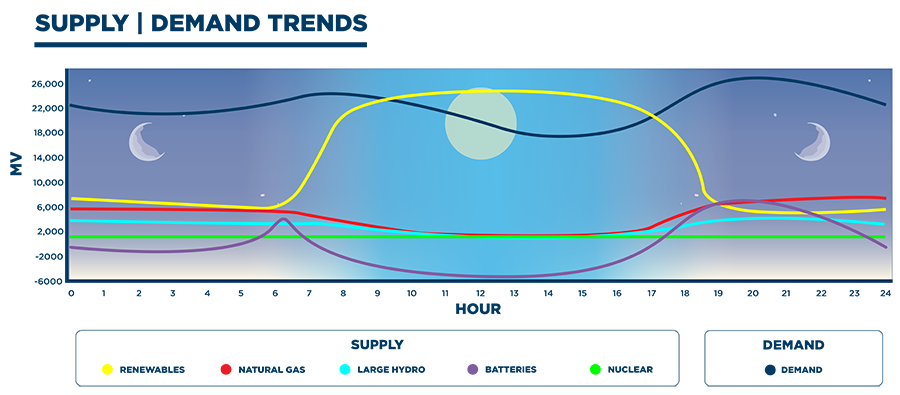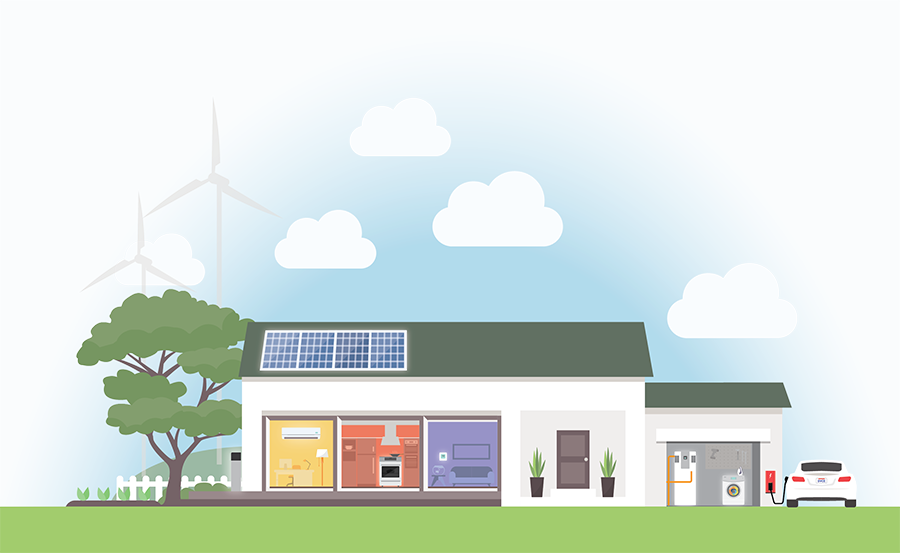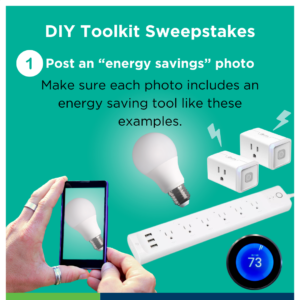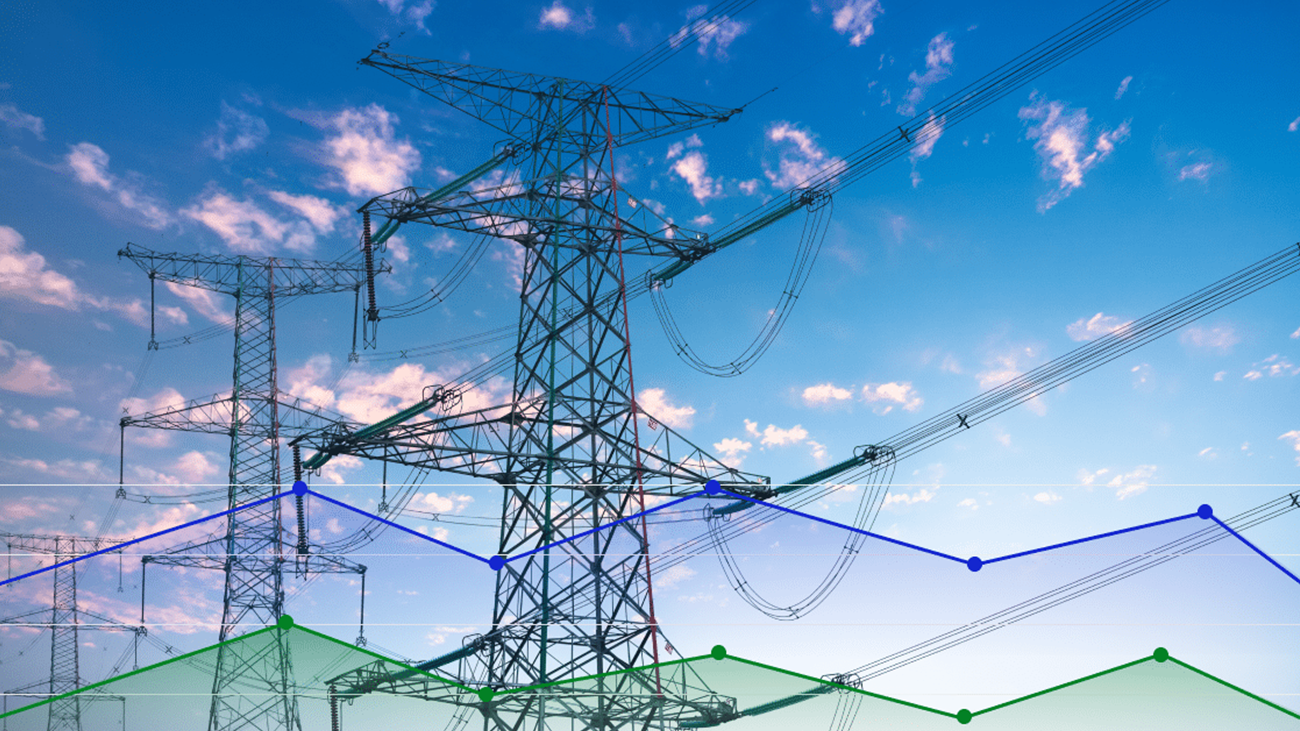
All Aboard! Decarbonization Station
Everything you do requires energy, whether it is a little bit to light a bulb or a lot for heating water for a shower. But, not all energy is created equal. Different sources of energy can have varying levels of emissions – which impact our local air quality and global climate. Renewable and clean resources like solar, wind, hydro and geothermal are low- or zero-carbon sources of electricity generation. While energy from gas plants or propane are high emitting sources since they use fossil fuels.
Silicon Valley Clean Energy (SVCE) was formed to source electricity from clean resources for its customers. So, we buy electricity generated from clean sources to make a balanced portfolio, it’s delivered to you via the electric grid… then what happens? Well, that part is up to you!
Choosing what powers your home
Many homes in California are mixed fuel – meaning they use both gas and electricity to power the equipment inside them. By choosing to install and use all-electric equipment in your home, which is generally powered by the clean electricity provided by SVCE, you are drastically cutting the emissions released from using that equipment.
The act of transitioning away from fossil fuels to renewable and clean energy is called decarbonization (or as we like to say – going electric!). And the benefits of decarbonization are big – improves indoor and outdoor air quality, reduces the health risks of toxic pollutants, reduces fire hazard risks and often increases overall convenience and comfort. Internal combustion engine vehicles (or, gas vehicles) are responsible for 50% of local pollution (learn more). The other half come from gas burning in homes. Burning gas in your home to power appliances like stoves and water heaters emits pollutants like carbon monoxide, nitrogen dioxide and harmful particulate matter (learn more).
If you don’t know where to start and want to learn more, SVCE provides many offers and services (including planning and rebates) to help our customers better understand their options and resources to make the switch.
So when I go electric, am I done?
Woohoo, congratulations to you (or future you) on going electric!
There are just a few more things that you should know about using your clean energy.
As mentioned above, sources of electric generation have differing levels of emissions. And while SVCE puts enough clean electricity onto the grid for your annual usage, many renewable sources do not generate 24 hours a day, 7 days a week.
Solar power is abundant during the day and some wind power peaks overnight. Meaning that when you and your neighbors start your evening activities like laundry, cooking, doing dishes, showering, etc., the demand for energy increases but renewable solar generation is decreasing. This is when the grid is dirtiest, as the state still relies on some gas plants that can turn on when needed during these evening hours to help balance energy supply and demand. This is part of the transition period we are in now until enough resources and new solutions get us to a 100% clean grid statewide. This is why shifting major energy use to mid-day – when CA solar is ready to send you clean electrons – supports an even cleaner grid and reduces that evening spike which helps grid reliability.
This graph shows supply and demand throughout a day on the CA grid. Notice how, based on historical usage, renewable generation is highest at the same time that demand is lowest.
Don’t worry, we aren’t asking you to switch to the night shift so that you can do your laundry mid-day. But there are beneficial habits you can form, and technology you probably already have, that can help shift some of your electricity use without sacrificing comfort or convenience (plus, if you are on a Time of Use rate, you will pay less for the electricity used during off-peak times). Learn how you can shift energy use of your electric equipment by touring the decarbonized home below.
You aren’t alone on this mission! SVCE is committed to procuring a diverse power portfolio to maintain a reliable grid. But like all good things, achieving a clean, balanced and affordable grid will take time and teamwork.
Ready to use your clean power? Visit eHub to explore your options and resources for going electric.

